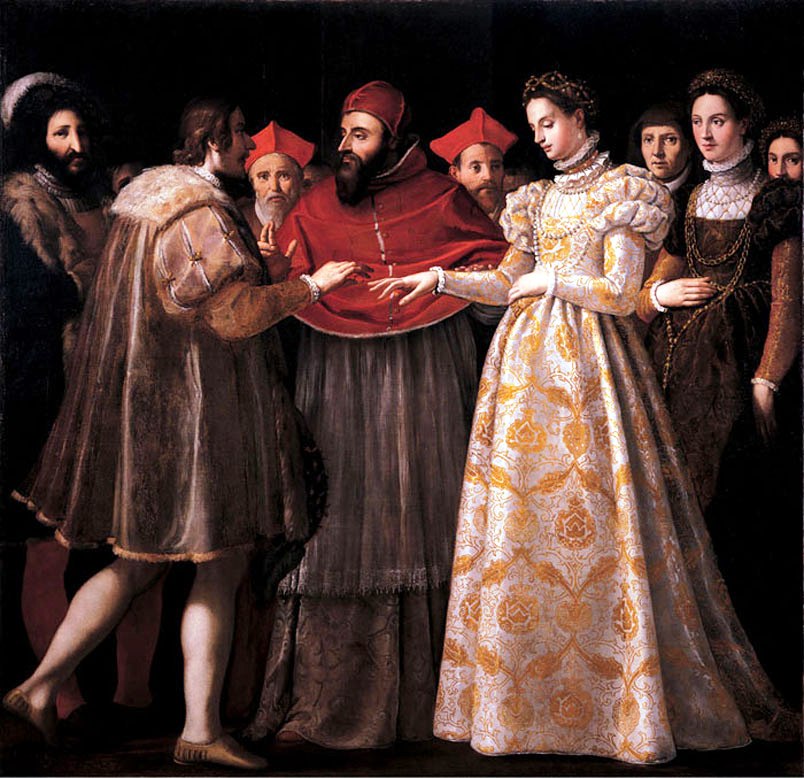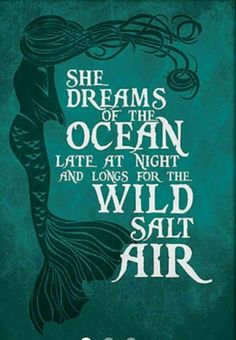Artists and Art in Society
Artists do many things for society, the biggest thing they do is give us a piece of enjoyment that allows us to always be reminded of the one thing that is always around us and goes ignored. Morality. As whole society needs artists for an escape of everyday life, to find enjoyment and entertainment. For art serves a purpose to everyone society.
Art is a form of passion, enjoyment, escape and entertainment that as a society we need. It is how many find joy and can express themselves. One of the main purposes of art is to remind us of the one thing we can’t escape, Morality. This need to be reminded has come about with each generation living longer, due to medical advances and comfy lifestyles we now all live. The Era when the need to be reminded really began to show was the Classical Era.
Visual Art in Classical Era

“Marriage A-la-Mode” 6: The Lady’s Death
William Hogarth, About 1743
The final Seen The Lady’s Death in William Hogarth series of “Marriage A-la-Mode” takes place at the home of the Countess’s father. Here, she has taken her own life with poison after finding out her lover has been hung.
Life is not forever, at some unknown time it comes to an end. The Lady’s Death painted by William Hogarth is a perfect example art showing Morality during the Classical Era. And that Morality applies to us all man, woman, and child.
As a mother, this piece hits me hard. It is an emotional piece, yet it makes me angry no matter life, how can one leave her child behind? As an emotional piece, it is for me, its is by far not my favorite for the Classical Era nor will you find it in my home. My dislike of it comes from more than the depiction of the piece, for its the dark coloring of the picture that has me also turned away from it.
However, Morality was not the only in the paintings of the Classical Era but in the music as well.
Music In the Classical Era
Piano Sonata No. 16, First Movement
Composed by Wolfgang Amadeus Mozart
Composed around 1788
This movement of Pino Sonata NO.16 by Wolfgang Amadeus Mozart us a very simple composition. It has a very happy uplifting sound that is very pleasing to the ear. The simplicity and uplifting sound were brought about by the emerging importance of compositions for the public. The popularity of public concerts changed how the music had once been conducted. Per the University of Kansas, “the keyboard player [within the Classical era] was no longer typically the composer/conductor, but instead was simply one of the players in the orchestra.” This indicates influenced by the individualistic ideas of the Enlightenment period, where the common man was important and aristocracy was frowned upon. Even the composer of a remarkable piece was just a common man, which was a very moral idea. The fact that music became accessible to more than the rich and powerful led to a greater moral standing for music.
This is a truly beautiful piece, however, im not one for classical music.Another art that Morality showed up in during the Classical Era was in the theater.
Theater In the Classical Era
With the emergence Morality in the theaters, many governments began to censor the theaters. What was being written and showed in city theaters had to be approved. Theater had also gone from a high-class pass time to being enjoyed by the middle and lower classes.
The morality play was an allegorical drama and seen in many different genres. A morality play is a play which characters showed moral qualities or abstraction and moral lessons were taught. They were plays on life and choice.
The Heiress,
Written in 1786 by John Burgoyne
The Heiress was quite an enjoyable piece for me and comical. It is one that teaches while entertaining its audience.
Present day
Even in the present day artist still, incorprate morality into the art they create. but they do so in many different ways. As well as do it in new medians that werent created during the Classical Eras or many of the other Eras. Examples in the visual arts, music and theater can be found today.
Present Day Visual Art
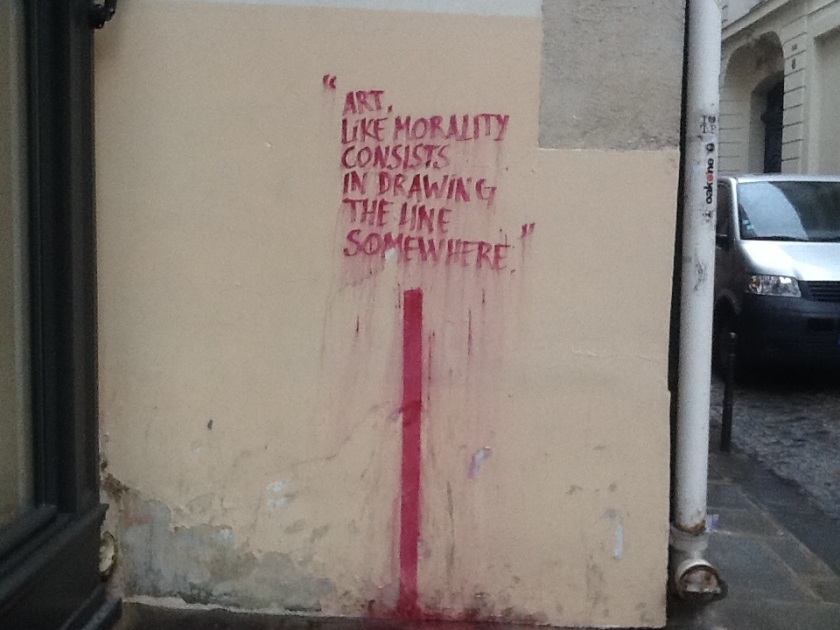
On Rue Férou, Paris, today in the rain, next to Man Ray 2013
In today’s modern age, THERE are virtually no limits. With all the breakthroughs we are living into are 100’s, technology is now what was believed to be fantasy. As a society, we can justify anything, and morals are going away.
This modern day piece of art Done in Pairs in 2013 ties into us needing to be reminded that we are all human. For just like life and what we are will doing to do art is endless, so where do we draw the line. When have we gone too far and can’t return?
This is a great piece. I love how straight forward it is. While never saying it makes one think about where do I personally draw the line between right and wrong. How can I stop myself from crossing?
Present Day Music
With recent acts of violence, movements about race and an increase deaths caused by murder. The genre of music in the arts has grown louder with songs about death and its ever-lingering presence. Becoming a huge reminder of Morality.
Coldest Winter, Kanye West 2008
I love this piece due to the realness of it. You can hear in Kanye voice that this song is about real emotion and pain. Is a simple song that is enjoyable but as well as blunt reminder we all die.
Present Day Flim
A true film of todays modern day Morality is the flim the flim Pursuit of Happyness staring Will Smith. It features a single father of a young boy, who loses everything but his son. Even Homeless with not a thing to his name, he holds onto his son and a dream. Creating a whole new world for him and son.
Pursuit of Happynesss (2006) Trailer
This to me is great stroy. This flim teaches not only small lessons through out it, but it has a big message by the end. That everyone in this world should know and learn.
My Personal Journey
Before this course, art had little to no effect to me unless it was my quilting to be honest. I had no interest and really couldnt tell you about any piece of art that spoke to me. I could only say if I like something and not always why. With my journey of art with this course, I can now look at a piece of art and tell you what emotion I feel and why I feel. My mind has expanded from being one of not caring about the arts to being one of wanting a closer look.
Bibliography
“Piano Sonata No. 16 (Mozart).” Wikipedia. Wikimedia Foundation, 26 Feb. 2013. Web. 13 December 2016
“THE HEIRESS on Broadway Montage.” Youtube. The Heiress on Boardway, 1 Nov. 2012. Web. 13 Dec. 2016.
Coldest Winter. Perf. Kanye West. Youtube. KanyeWestEVO, 11 Feb. 2010. Web. 13 Dec. 2016.






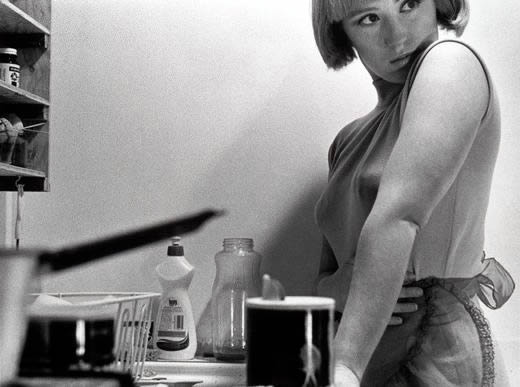
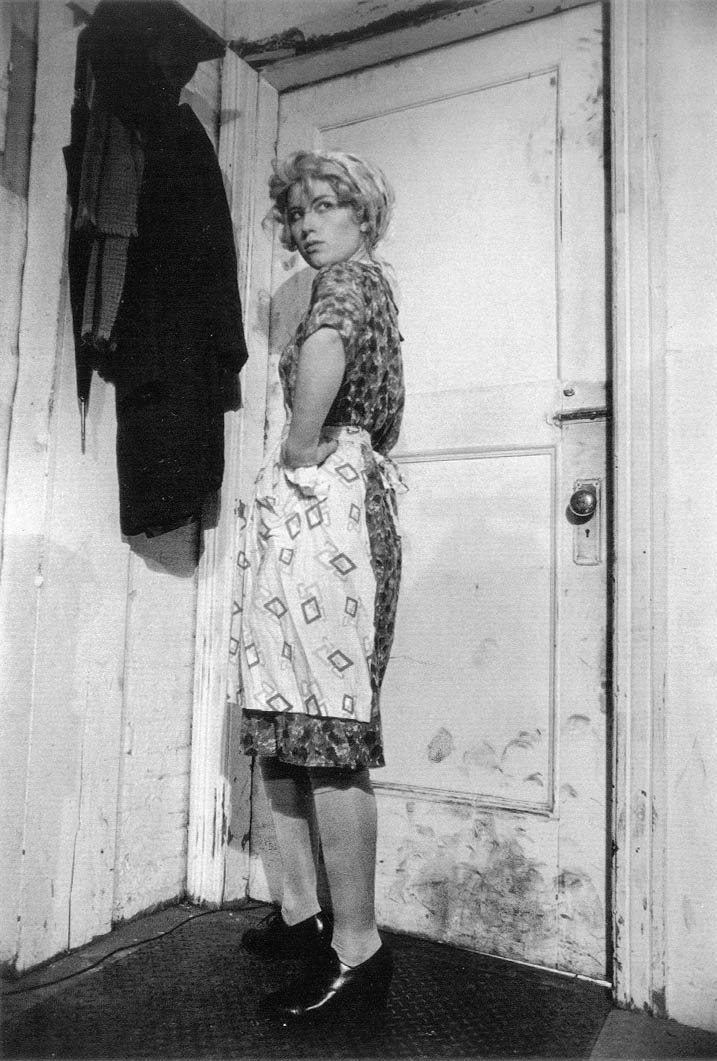
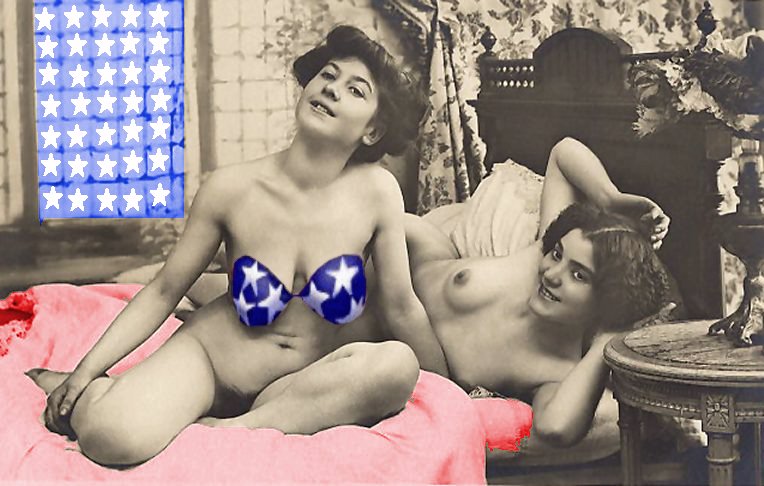 Ms America #02 2006 by Victoria Van Dyke
Ms America #02 2006 by Victoria Van Dyke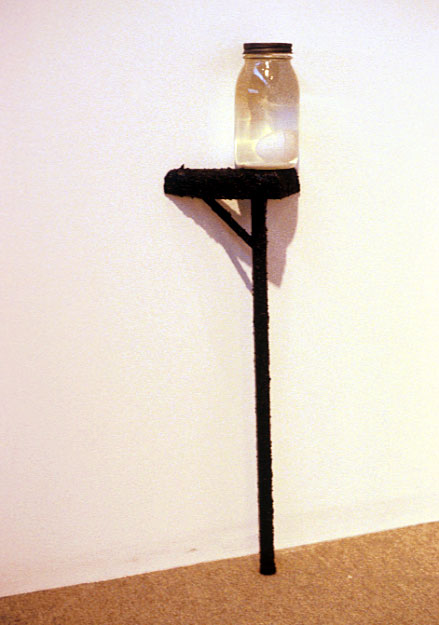
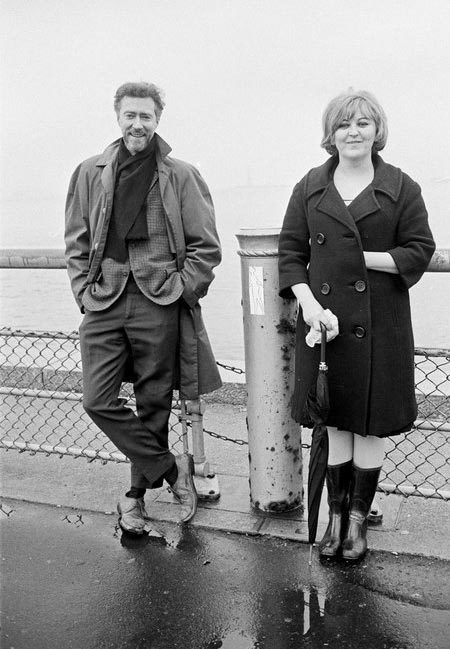 Joyce Wieland and Michael Snow in 1964, photographed by John Reeves
Joyce Wieland and Michael Snow in 1964, photographed by John Reeves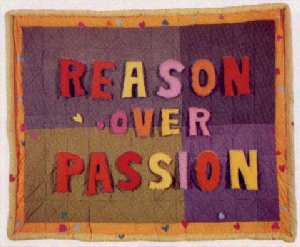 Joyce Wieland – Reason Over Passion – 1968. Location Unknown.
Joyce Wieland – Reason Over Passion – 1968. Location Unknown. 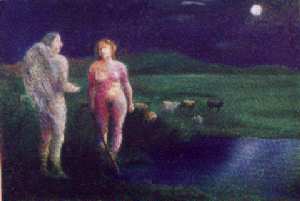 Joyce Wieland – She will remain in the phenomenal world filled with ignorance with her sheep, and not go with him – 1983. Location Unknown
Joyce Wieland – She will remain in the phenomenal world filled with ignorance with her sheep, and not go with him – 1983. Location Unknown
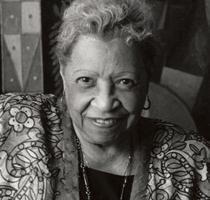

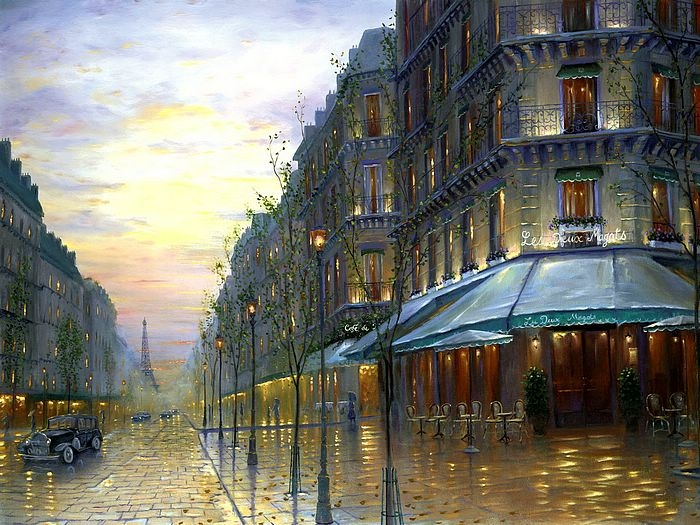






 Political Cartoon– The Festival of the Golden Rump
Political Cartoon– The Festival of the Golden Rump


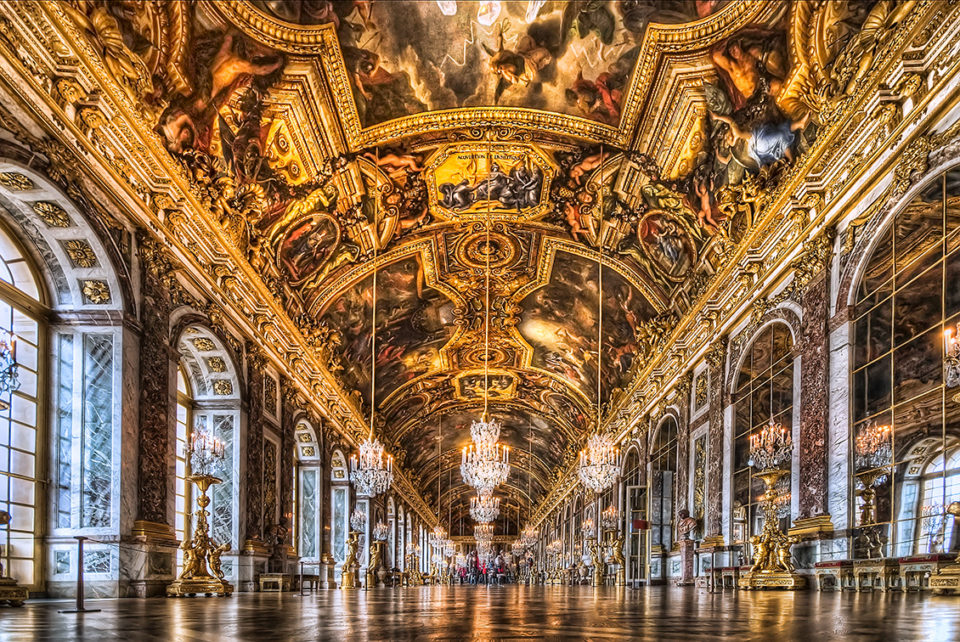
 Palace of Versailles, Hall of Mirrors, built in during the late Baroque. Built by King Louis XIV of France in 1678, it was completed in 1684
Palace of Versailles, Hall of Mirrors, built in during the late Baroque. Built by King Louis XIV of France in 1678, it was completed in 1684
